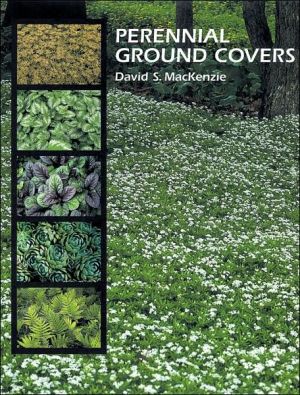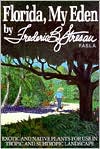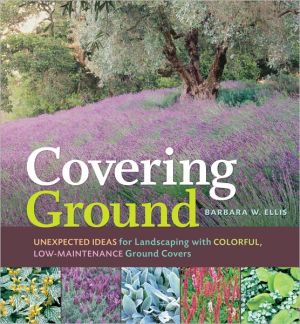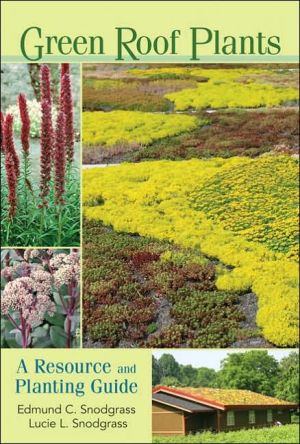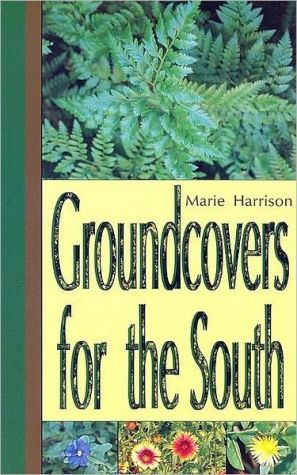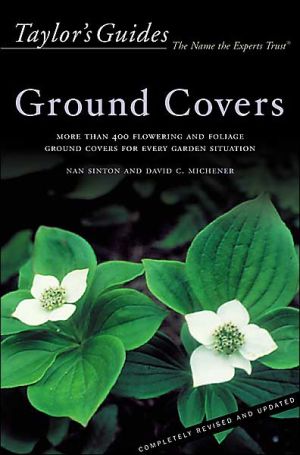Perennial Ground Covers
Ground covers take on new meaning in this enlightening book designed to make gardeners' work easier. Hostas, stonecrops, smaller rhododendrons, prayer plants, pyracanthas, box huckleberry, hellebores, daylilies, grasses, alpine willows, and unsupported climbing vines are just some of MacKenzie's imaginative suggestions. Even Gunnera manicata, a 6-foot-tall, 8-foot-wide plant, is suggested for some situations!
Search in google:
Stretch your imagination about the potential of ground covers. Includes hostas, stonecrops, smaller rhododendrons, prayer plants, pyracanthas, box huckleberry, hellebores, daylilies, grasses, alpine willows, and unsupported climbing vines, just to name a few. National Gardener "Makes finding original groundcovers for large areas with contrast in leaf shape and sizes that go along with companion planting for your landscape easier ... excellent for the amateur or the experienced gardener." —National Gardener, August 2002
\ Native plants are sometimes scorned as unattractive, untamed, too common, or too boring for landscape use. Many people fail to see the purpose of planting something in their yard that they could go out and dig up anywhere. People refer to building contractors — many of whom bulldoze every plant in their path — as being in the development business. Cleared land to many people is "improved land," and for them, native settings are seen as unattractive representations of chaos.\ Is it possible that these popularly held notions are wrong? I think so. Native plants do not grow chaotically. Instead, they grow in well-defined ecological niches. As to being unattractive, natives are often beautiful beyond description. Indeed, North American natives such as Point Reyes ceanothus and blue lyme grass are among the showiest of all ground covers. Once tried, they soon dispel the myth that a plant must be an unusual introduced species to be colorful, interesting, or worth growing. Another reason to recommend natives is because they look right. In other words, they appear to be at home in our landscapes.\ Here are some examples of North American natives that may surprise you with their beauty, diversity, and adaptability. Virginia creeper, a robust native vine that often ascends to 40 feet, also makes a splendid, sturdy ground cover. It sprawls about the woodland floor, displaying glossy, deep green to blue-green, richly-textured, massive, five-parted foliage. Although its flowers are tiny, they yield attractive blue grapelike fruit that helps to feed numerous woodland creatures and birds.\ The lady fern was named for its grace and beauty. From central and northeastern North America, this plant has few equals when it comes to charm. No, it does not boast showy flowers — merely subtly beautiful horseshoe-shaped clusters of brown spores. Yet, after watching its fiddleheads unfurl to yield indescribably lush, cool green foliage, one might forget flowering plants altogether. In the landscape, it functions superbly as a general ground cover in shady sites.\ Bearberry, occurring from Labrador to Alaska and as far south as Missouri, is among the most durable plants encountered anywhere. It can grow in full sun, face strong winds, and be anchored in pure sand — yet somehow thrive with no hint of unhappiness. Its foliage, flowers, and fruit are all attractive, and its landscape uses are many.\ Rock garden enthusiasts will appreciate spatula-leaved stonecrop, a diminutive succulent that ranges from British Columbia to California. This drought-tolerant, low, matlike ground cover reaches only 2 to 4 inches tall and displays evergreen, bluish green, tightly set foliage. Vibrant yellow flowers in flat-topped clusters appear in mid- to late spring, enhancing its beauty. Various cultivars of this stonecrop have been selected, and at least two of them are exceptional. 'Cape Blanco', hailing from Cape Blanco, Oregon, displays sky blue foliage that during spring and fall becomes tipped with a white waxy coating that makes it appear to be frosted with snow. 'Atropurpureum', another outstanding cultivar, has foliage deeply suffused with purple. It functions remarkably well either as a specimen or when mass planted as a small-scale general cover.\ By planting native plants in our landscapes or preserving them during the construction process, we can help to maintain many species that might otherwise become extinct. This alone is reason to grow them. Coupled with their rich colors and interesting forms and textures, native plants give us no reason to not include them. Give them a chance in your garden and you will not be disappointed.
Acknowledgments7Introduction9Useful Conversion Tables11Ch. 1Gardening with Ground Covers15Ch. 2Finding the Right Ground Cover19Ch. 3Planting and Maintaining Ground Covers22Ch. 4Propagating Ground Covers28Ch. 5The Fundamentals of Scientific Plant Names31Ch. 6Native Ground Covers34Ch. 7Variegated Ground Covers41Ch. 8Ferns as Ground Covers45Ch. 9Ornamental Grasses as Ground Covers47Ch. 10Ground Cover Descriptions51Ground Cover Selection Chart323Ground Covers under Walnut Trees341Glossary343Selected Sources for Additional Reading346Index of Plant Names347
\ HortResources"If I need to plant a large section of groundcover among Japanese maples and I want something more interesting than the old standbys, I can pick up Perennial Ground Covers, by David MacKenzie, page through excellent pictures, and find a plant that I had forgotten or never thought would work." \ —Donna Williamson, HortResources newsletter, January 2004\ \ \ \ \ National Gardener"Makes finding original groundcovers for large areas with contrast in leaf shape and sizes that go along with companion planting for your landscape easier ... excellent for the amateur or the experienced gardener." \ —National Gardener, August 2002\ \
